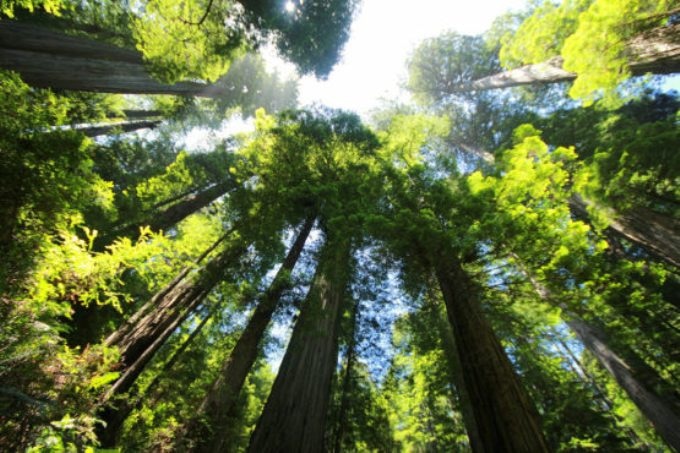Aug 13 2019
Similar to the eponymous character in the classic children’s tale by Shel Silverstein, trees are lavish with their gifts, cleaning the air humans breathe and decelerating the effects of global warming by absorbing nearly a quarter of all human-caused carbon dioxide (CO2) emissions. But this generosity probably cannot last forever in the face of relentless fossil fuel consumption and deforestation.
 Trees such as these in Sequoia National Park will continue to absorb CO2 at generous rates through at least the end of the century, a new study finds. (Image credit: Kolibrik/Pixabay)
Trees such as these in Sequoia National Park will continue to absorb CO2 at generous rates through at least the end of the century, a new study finds. (Image credit: Kolibrik/Pixabay)
Researchers have long speculated whether plants and trees could touch a breaking point and no longer sufficiently absorb CO2.
An international team guided by researchers at Stanford University and the Autonomous University of Barcelona finds reason to hope trees will continue to take up CO2 at substantial rates through at least the end of the century. However, the research reported in the August 12th issue of Nature Climate Change warns that trees can only absorb a fraction of CO2 in the air and their ability to do so after 2100 is uncertain.
Keeping fossil fuels in the ground is the best way to limit further warming. But stopping deforestation and preserving forests so they can grow more is our next-best solution.
César Terrer, Study Lead Author and Postdoctoral Scholar in Earth System Science, School of Earth, Energy, and Environmental Sciences, Stanford University
Weighing carbon dioxide
CO2—the leading greenhouse gas warming the earth—is food for plants and trees. Along with nutrients like phosphorus and nitrogen, it helps trees grow and blossom. But as CO2 concentrations increase, trees will need additional phosphorus and nitrogen to balance their nourishment. The question of how much more CO2 trees can absorb, given the limits of these other nutrients, is a critical ambiguity in predicting global warming.
Planting or restoring trees is like putting money in the bank. Extra growth from carbon dioxide is the interest we gain on our balance. We need to know how high the interest rate will be on our carbon investment.
Rob Jackson, Study Co-Author and the Michelle and Kevin Douglas Provostial Professor in Earth System Science, Stanford University
A number of independent experiments, such as fumigating forests with raised levels of CO2 and cultivating plants in gas-filled chambers, have provided crucial data but no conclusive answer internationally. To more precisely predict the capacity of plants and trees to sequester CO2 in the future, the scientists synthesized data from all raised CO2 experiments carried out thus far—in grassland, cropland, shrubland, and forest systems—including ones the scientists directed.
Using machine-learning, statistical approaches, models and satellite data, they quantified how much climate factors and soil nutrients restrict the ability of trees and plants to absorb additional CO2. Based on universal datasets of soil nutrients, they also charted the potential of CO2 to increase the size and amount of plants in the future, when atmospheric concentrations of the gas could double.
Their results indicate that CO2 levels estimated by the end of the century should boost plant biomass by 12%, allowing trees and plants to store more CO2—an amount equal to six years of present-day fossil fuel emissions.
The study emphasizes vital partnerships trees forge with soil microbes and fungi to help them take up the additional phosphorus and nitrogen they need to balance their extra CO2 intake. It also highlights the important role of tropical forests, such as those in the Congo, Amazon, and Indonesia, as regions with the maximum potential to store extra carbon.
“We have already witnessed indiscriminate logging in pristine tropical forests, which are the largest reservoirs of biomass in the planet,” said Terrer, who also has a secondary affiliation with the Institut de Ciència i Tecnologia Ambientals, Universitat Autònoma de Barcelona. “We stand to lose a tremendously important tool to limit global warming.”